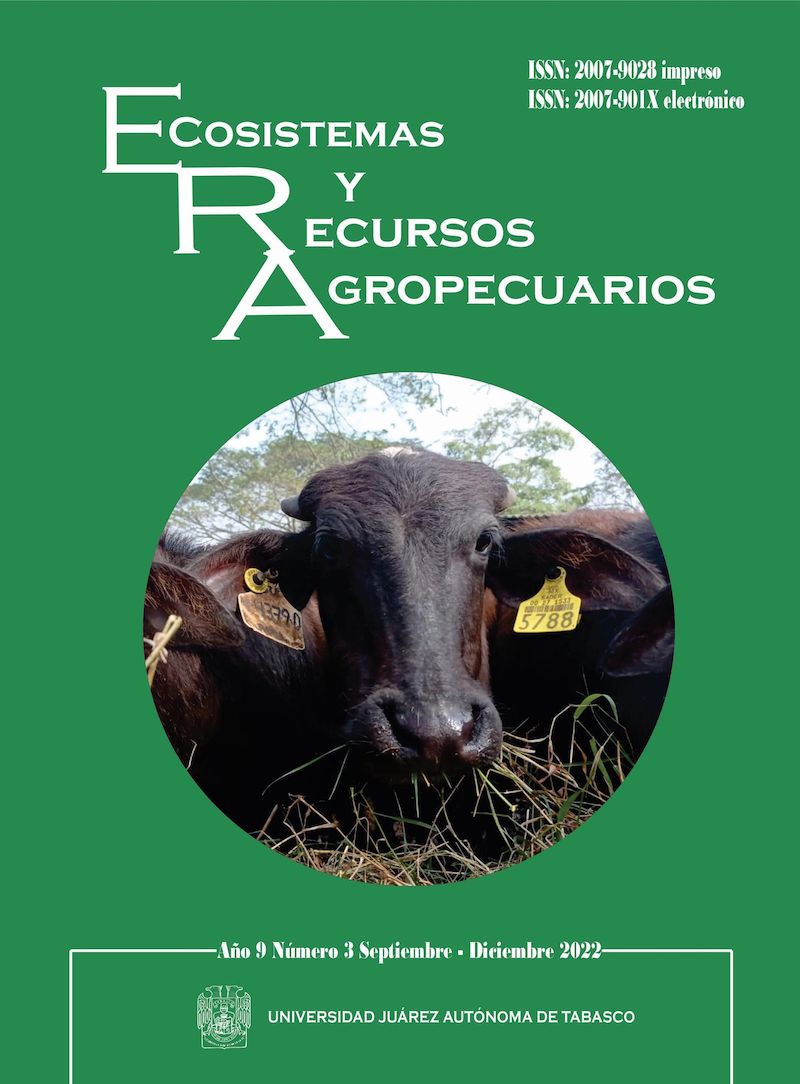Factores para desarrollar un índice de vulnerabilidad a la contaminación en acuíferos kársticos costeros urbanizados
DOI:
https://doi.org/10.19136/era.a9n3.3220Palabras clave:
Depresiones kársticas, Precipitación, Intrusión salina, Programa De Desarrollo Urbano, Playa del CarmenResumen
Este trabajo tiene el objetivo de proponer y analizar factores para
la construcción de un índice de vulnerabilidad a la contaminación de acuíferos kársticos costeros urbanizados. Debido a las altas modificaciones antrópica de los territorios, se tomó como área de estudio la ciudad de Playa del Carmen, Quintana Roo. Se abordaron cuatro factores: relieve, clima, ascenso del nivel de mar y el uso de suelo. Para el relieve se identificaron las depresiones utilizando datos LiDAR del INEGI. El factor clima se trabajó con datos meteorológicos de CONAGUA, empleando el Índice Modificado de Fournier. El ascenso del mar se recreó con proyecciones del aumento del mar y se consideró el nivel piezométrico y la distancia a la línea de costa. Finalmente, para el uso de suelo, se consideró la zonificación secundaria del Programa de Desarrollo Urbano y el coeficiente de ocupación del suelo. A cada factor se asignó una diferenciación de vulnerabilidad, la cual define la susceptibilidad del territorio a la contaminación. Los resultados para el relieve, muestran una mayor vulnerabilidad en el uso de suelo turístico residencial y mixto, con una frecuencia de 30 a 37 depresiones, predominando las
dolinas y dolinas-úvalas. Para el clima se identificó la zona vulnerable al sureste de la ciudad, para el ascenso del mar se encontró en el primer kilómetro con respecto a la línea de costa, afectando el 20% de las depresiones. Los usos de suelo con
mayor vulnerabilidad fueron de uso comercial, turismo residencial, habitacional de alta densidad y uso mixto.
Descargas
Publicado
Número
Sección
Licencia
Derechos de autor 2022 Ecosistemas y Recursos Agropecuarios

Esta obra está bajo una licencia internacional Creative Commons Atribución-NoComercial-CompartirIgual 4.0.
1. Política propuesta para revistas de acceso abierto
Los autores/as que publiquen en esta revista aceptan las siguientes condiciones:
1. Los autores/as conservan los derechos de autor y ceden a la revista el derecho de la primera publicación, con el trabajo registrado con la Licencia CC BY-NC-ND 4.0 Creative Commons Attribution-NonCommercial-NoDerivatives 4.0 Internacional de Creative Commons, que permite a terceros utilizar lo publicado siempre que mencionen la autoría del trabajo y a la primera publicación en esta revista.
2. Los autores/as pueden realizar otros acuerdos contractuales independientes y adicionales para la distribución no exclusiva de la versión del artículo publicado en esta revista (p. ej., incluirlo en un repositorio institucional o publicarlo en un libro) siempre que indiquen claramente que el trabajo se publicó por primera vez en esta revista.
3. Se permite y recomienda a los autores/as a publicar su trabajo en Internet (por ejemplo en páginas institucionales o personales) antes y durante el proceso de revisión y publicación, ya que puede conducir a intercambios productivos y a una mayor y más rápida difusión del trabajo publicado (vea The Effect of Open Access).
![]()
This work is licensed under CC BY-NC-ND 4.0


